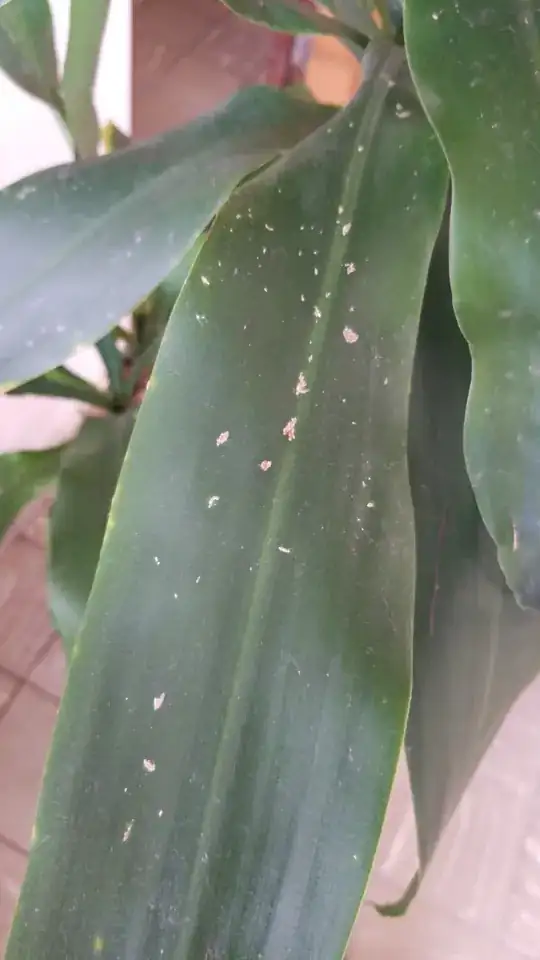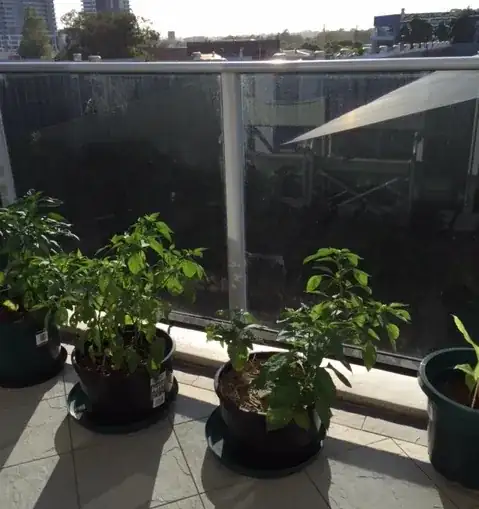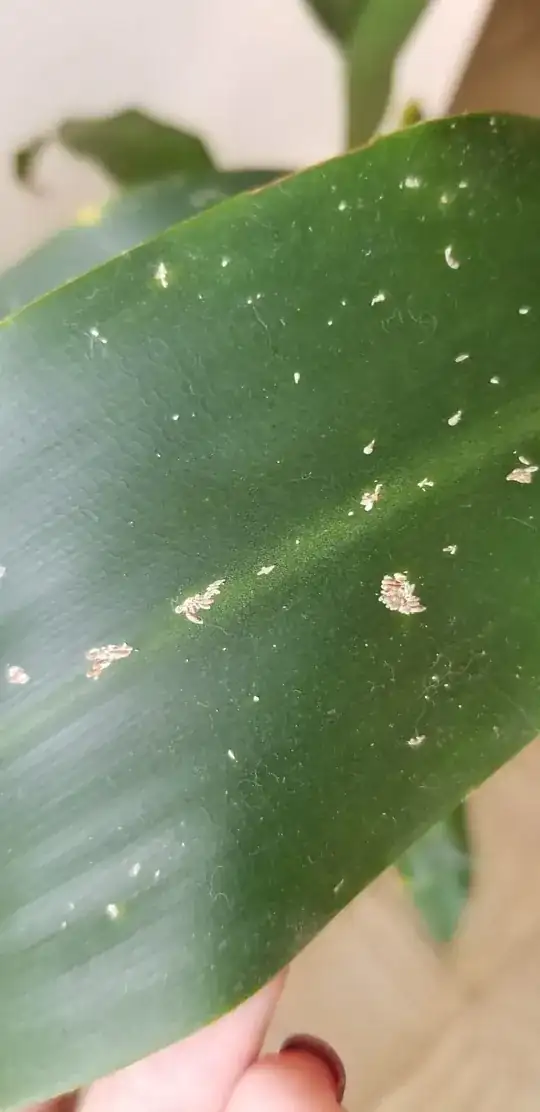What’s this white residue in these leaves?
2 Answers
You have a colony of armoured scale, what you see is mostly adult females sucking on the sap of your plant.
Their shell protects them (to a degree) from many insecticides, but check with your local garden center what they have available. Regulations vary between countries. Apart from that, you should be able to wipe or gently scrape them off. Doing that dilligently and repeatedly may help as well.
- 16,017
- 5
- 30
- 56
-
Hi Stephie - I've never seen armored scale that looks anything like this - do you have any sources? Always good to learn new things, The article you linked to was good, but I can find nothing that resembles these pests. I also refer to an old "The Ortho Problem Solver" manual (AKA My Big Book of Bugs) when making some IDs; nothing there indicates that what was photographed is scale. – Jurp Feb 16 '19 at 15:25
-
@Jurp I’m afraid I can’t give you a better (= more precise) id. I am usually content with recognizing “the clan” and then act accordingly. Scale often are somewhat specialized in a limited range of host plants, so maybe googling “
scale” will help? – Stephie Feb 16 '19 at 15:32 -
Plant-specificity could help - what do you think: we're dealing with a dracaena of some type? – Jurp Feb 16 '19 at 15:34
-
@Jurp a cursory search gave me different kinds on dracenas. But tbh, I wouldn’t bother with that and start treating. (Confession: My “treatment” in the past was often enough a one-way trip to the compost heap. Eradicating scale needs patience and determination.) And yes, they come in round, oval, teardrops, big, tiny and about every color in the white to brown or grey range... – Stephie Feb 16 '19 at 15:48
-
I found this species in Florida, where the scale looks similar to the OP's but the leaf damage is much different: https://www.freshfromflorida.com/content/download/40742/875048/Pest_Alert_-_Lepidosaphes_chinensis,_Armored_Scale_Infesting_Lucky_Bamboo.pdf My experience in the trade led me to thrips, not scale, first by looking at the leaf damage, then at what appear to be the clusters of nymphs. – Jurp Feb 16 '19 at 15:49
-
Perhaps the only way to be sure is for rbhat to try to remove a cluster of scales/thrips - if they walk, then they're thrips, if they don't, then they're scale. May be a moot point - I always tend to trash plants with thrips because they're difficult to remove without a neonicitinoid pesticide, which I will not use. – Jurp Feb 16 '19 at 15:53
-
I don’t see the “silver” associated with thrips. But you are absolutely right, nudge them, see what happens. – Stephie Feb 16 '19 at 15:55
That looks like damage caused by thrips, a tiny insect that has both nymph and adult forms. The nymphs resemble the adults but don't have wings. Here's a reference photo from Cornell University for comparison: https://cpb-us-e1.wpmucdn.com/blogs.cornell.edu/dist/8/5755/files/2017/07/thrips1x2400-1x8drq9.jpg. It kind of looks like you have photographed some of the thrips' nymphs in the last photo - they'd be in the largest clump on the leaf.
Thrips are about 1/8" (1-2mm) long, light brown and cigar-shaped. They are difficult to eradicate because the adults tend to live in the terminal or leaf buds, so contact insecticides can't reach them. You might be able to get rid of the nymphs rubbing the leaves or washing them with a strong stream of water. Insecticidal soap may also help with the nymphs.
If you have other houseplants near the one with the leaf damage, move either them or this plant to a different location because thrips can fly (although they're relatively poor fliers).
Here's another link from Michigan State with another photo and some tips to get rid of them: https://www.canr.msu.edu/resources/thrips. There are many other resources on the web.
- 18,009
- 1
- 15
- 36
-
I don’t think it’s thrips - thrips are “3D”, while these are like flat shells: armoured scale. – Stephie Feb 16 '19 at 10:21


